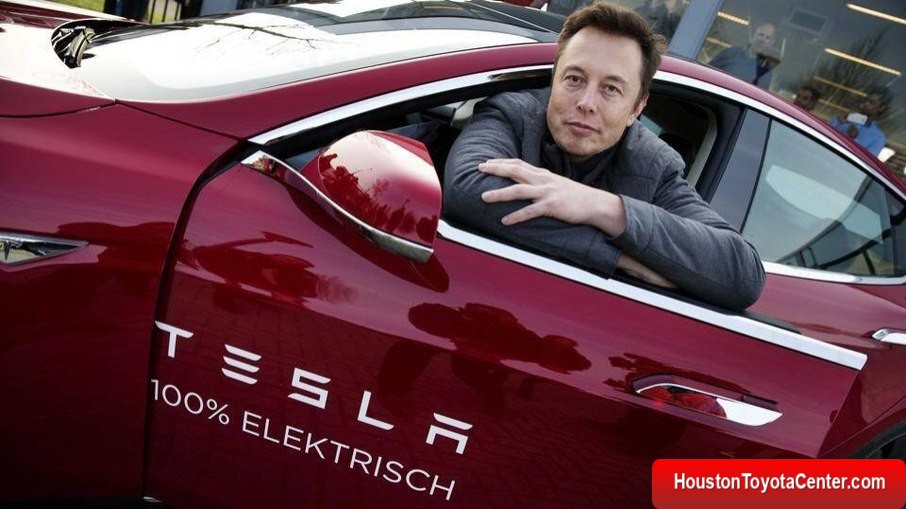Tesla reported a 37% drop in net profit for the third quarter of 2025, largely due to price cuts on its most popular models and a sharp decline in carbon credit revenue.
According to The New York Times, Tesla earned $1.4 billion between July and September, down from $2.2 billion in the same period last year.
However, the company’s revenue grew 12%, reaching $28.1 billion, thanks to increased deliveries of the Model 3 and Model Y, which saw average discounts of around $5,000 per vehicle.
💰 Key Financial Highlights
| Metric | Q3 2024 | Q3 2025 | Change |
|---|---|---|---|
| Net Profit | $2.2 billion | $1.4 billion | ▼ 37% |
| Revenue | $25.1 billion | $28.1 billion | ▲ 12% |
| Carbon Credit Revenue | $745 million | $417 million | ▼ 44% |
| U.S. Market Share | 48% | 41% | ▼ 7 p.p. |
⚙️ Why Profits Dropped
Tesla’s aggressive price cuts and low-interest loan offers helped boost sales volume, but also eroded profit margins.
FREE: Quickly identify and understand problems with your vehicle 🚘
CLICK HEREAdditional challenges came from:
- Higher import tariffs on parts and materials;
- Currency fluctuations affecting costs;
- Increased competition in global EV markets, especially from China.
Even with production mainly in California and Texas, these factors pressured the company’s margins.
🌍 Decline in Carbon Credit Revenue
Tesla’s once-lucrative carbon credit program also took a major hit. These credits, sold to automakers needing to meet emission standards, generated $417 million in Q3 — a 44% decline compared to last year.
This drop suggests that competitors are catching up in environmental compliance, reducing their reliance on Tesla’s credits.
🤖 Musk’s Optimism and Future Plans
Despite weaker financials, Elon Musk remains bullish on Tesla’s future.
During a call with investors, Musk revealed that Tesla is close to launching fully autonomous vehicles — cars with no steering wheel or pedals.
“I feel that we now have clarity on the situation and it makes sense to expand production as quickly as possible,” said Musk.
He announced plans for:
- Robotaxi operations in Austin, Texas, expected by the end of 2025;
- Production of the Cybercab, a fully autonomous model, set to begin mid-2026.
⚔️ Rising Competition
Tesla now faces fierce competition from:
- American brands like Ford and General Motors;
- European manufacturers such as Volkswagen;
- Chinese automakers, including BYD and NIO, which offer cheaper EVs with similar technology.
This has led to a decline in Tesla’s U.S. market share, now at 41%, down from 48% last year.
📉 Stock Market Reaction
After the earnings report, Tesla’s shares dropped 1% on Wall Street. Analysts from CFRA Research warned of a “disconnect between Tesla’s high valuation and its declining profits.”
Interestingly, Tesla’s $1.4 billion profit was only slightly above General Motors’ $1.3 billion, yet Tesla’s market value exceeds $1.4 trillion, compared to GM’s $64 billion.
⚡ Outlook
While Tesla remains the most valuable automaker in the world, the company must balance affordability, innovation, and profitability as the EV landscape becomes increasingly competitive.
Elon Musk’s autonomous ambitions could mark a turning point — but until then, financial pressure and rising competition are testing Tesla’s long-term dominance.
📰 Summary:
Tesla’s profit slump reflects the growing pains of an industry in transition — where innovation races ahead, but profitability lags behind.


Leave a Reply